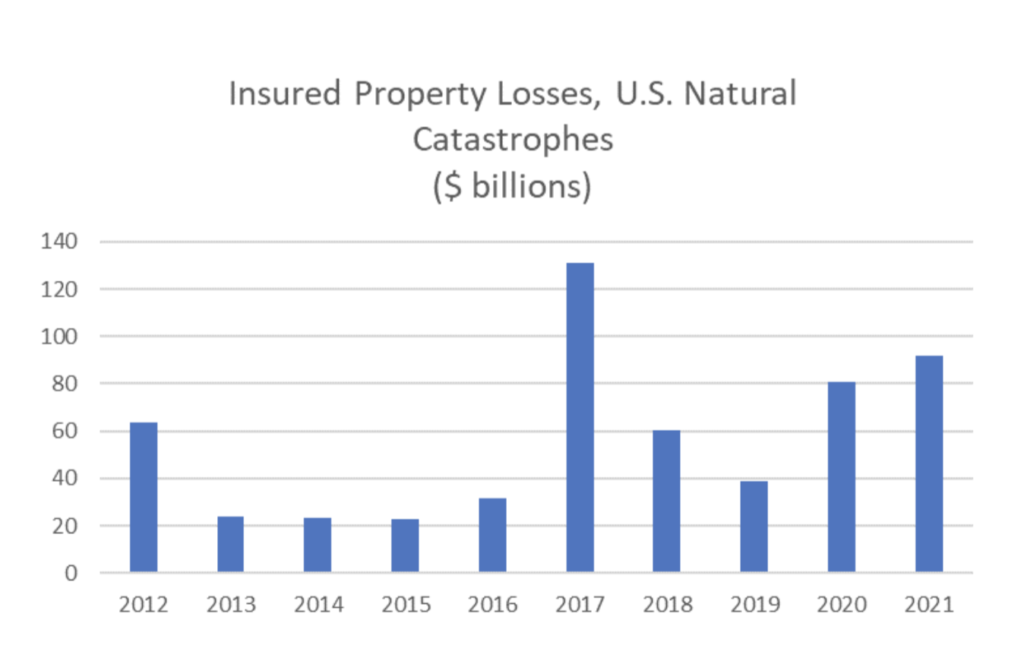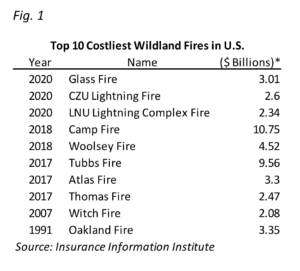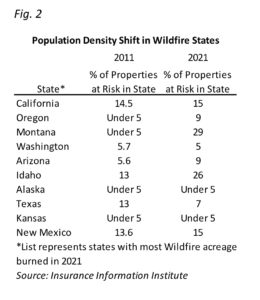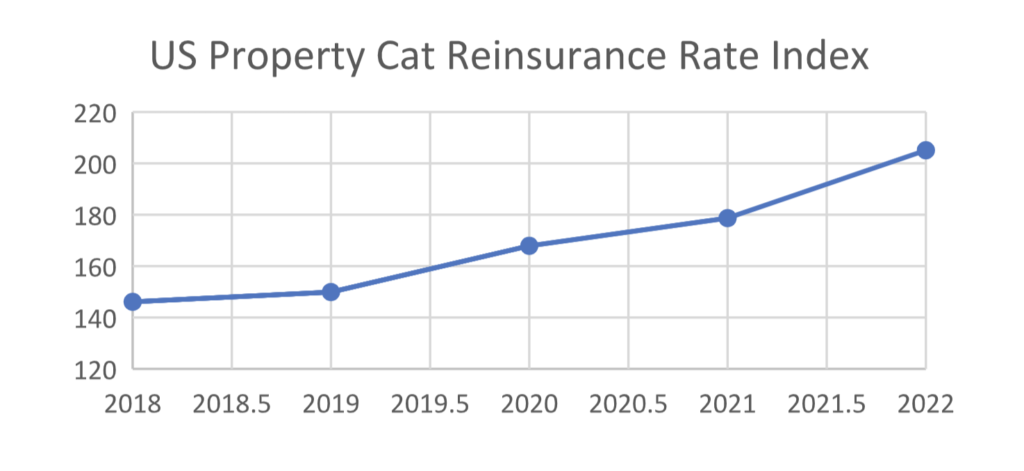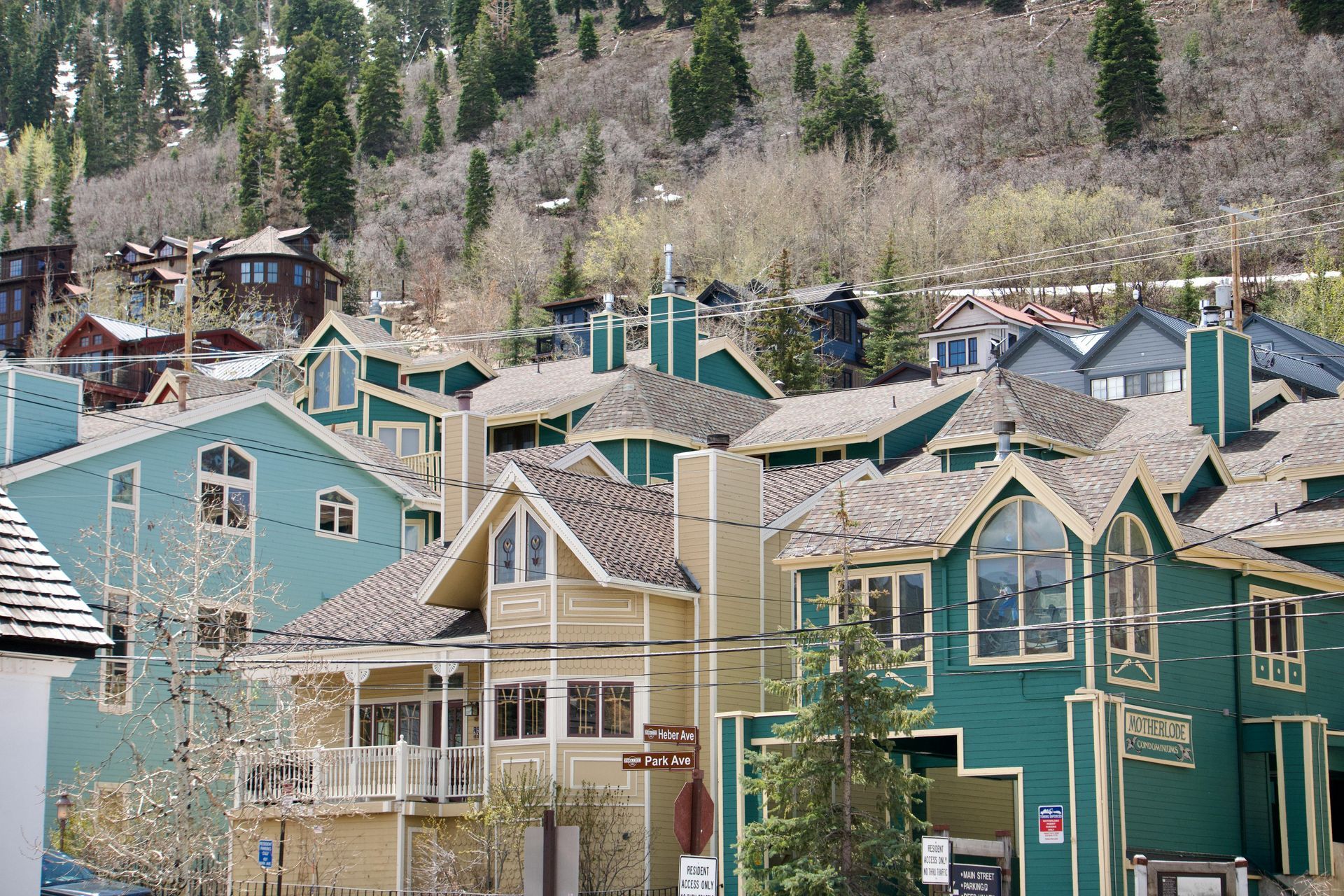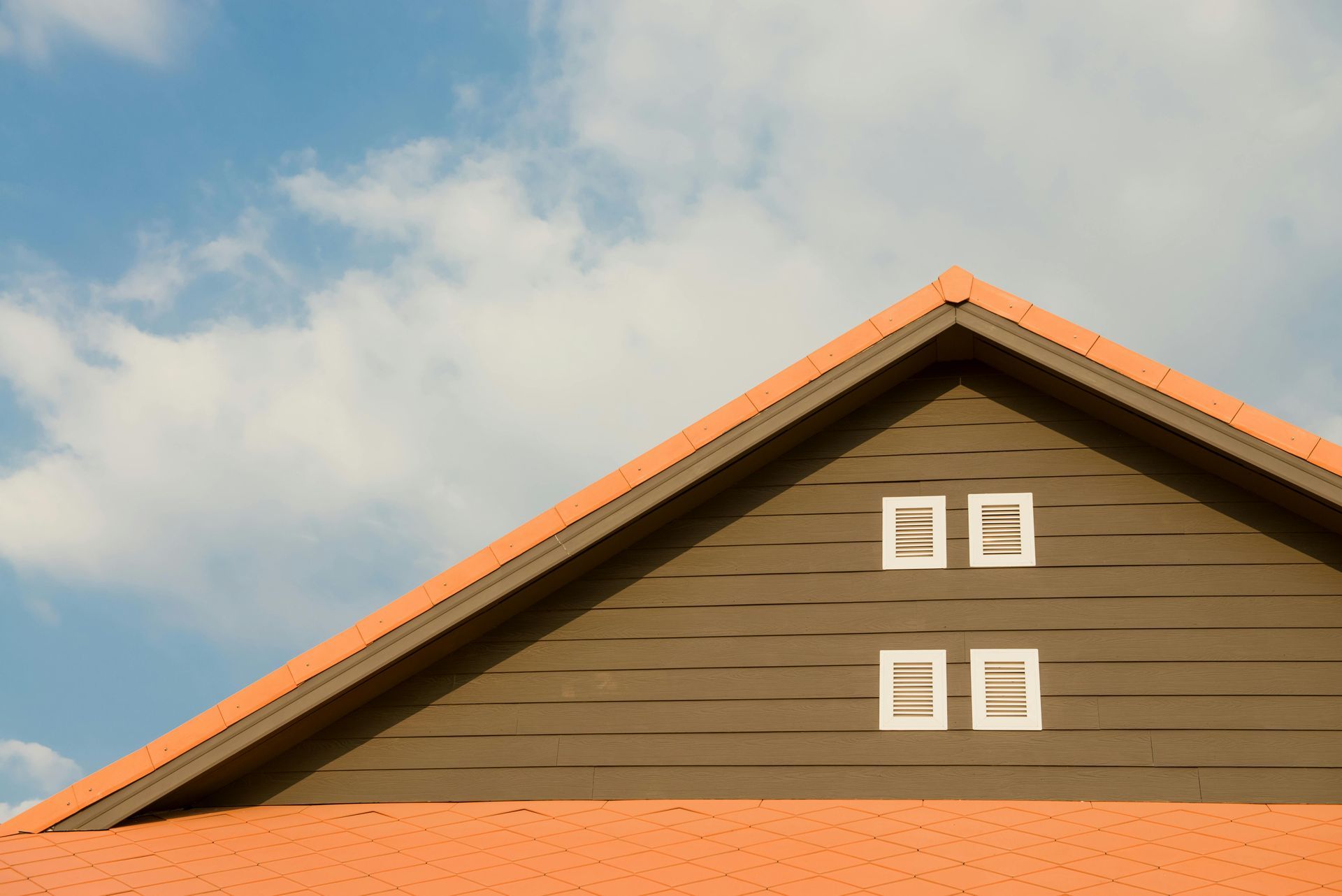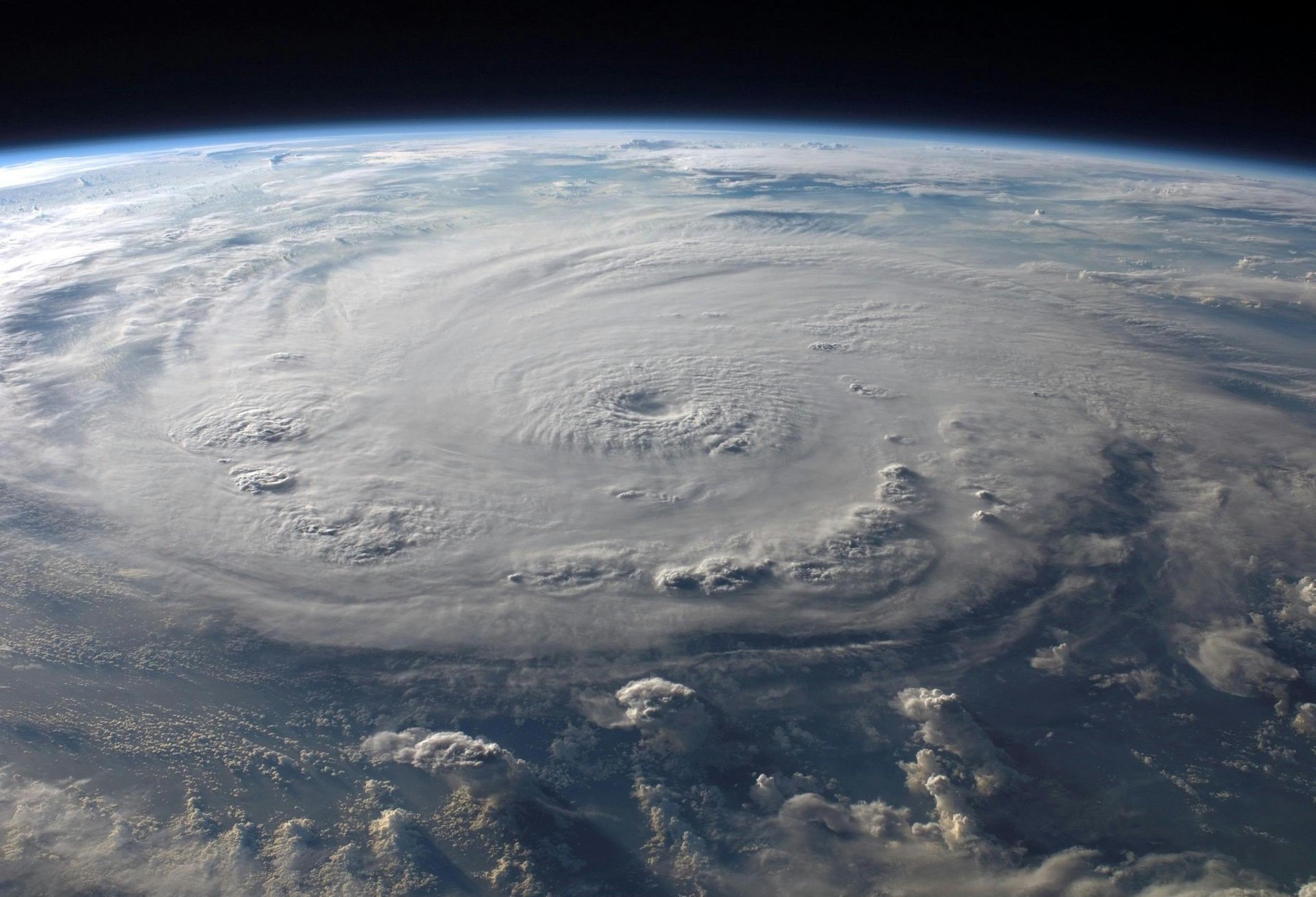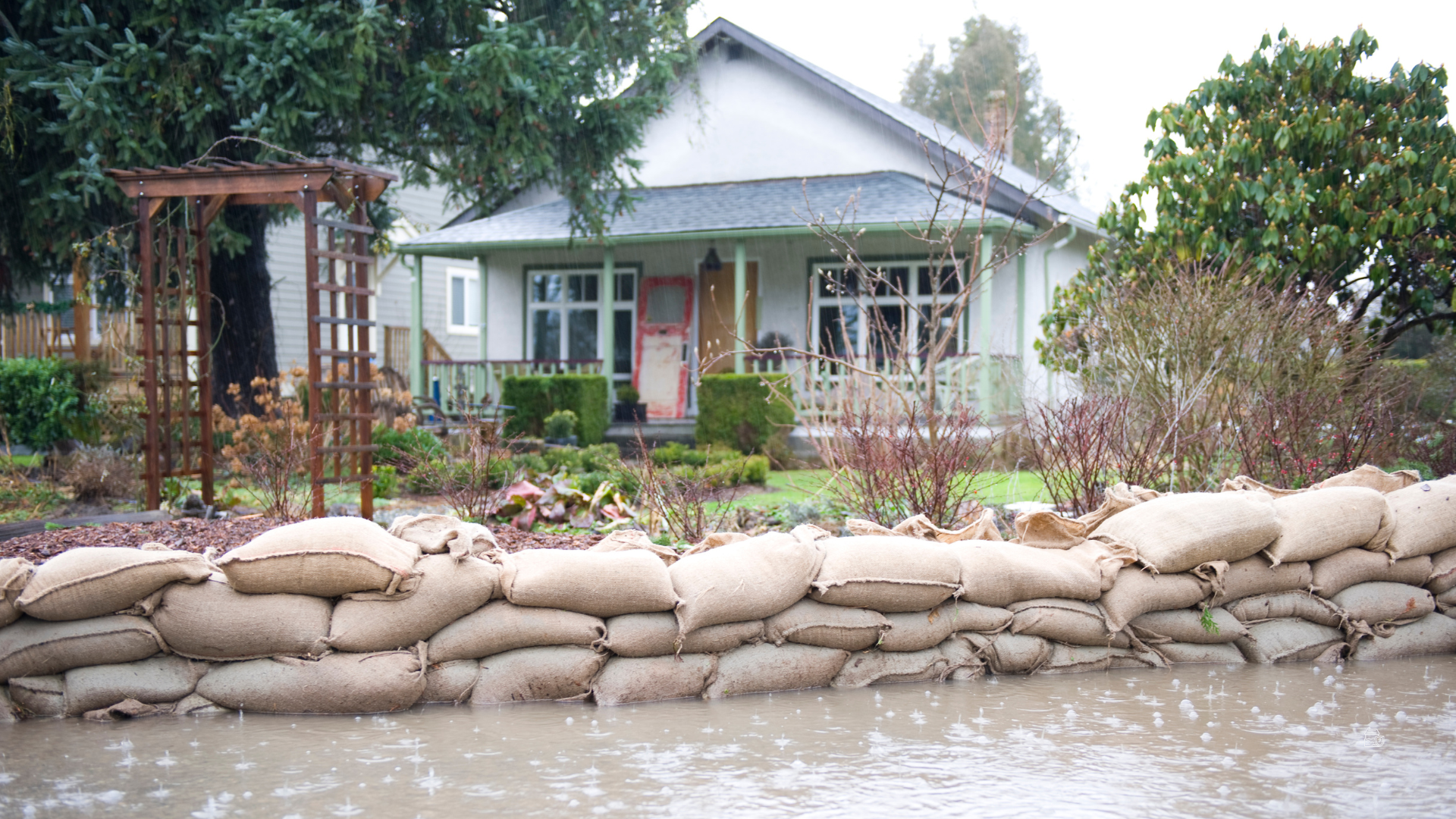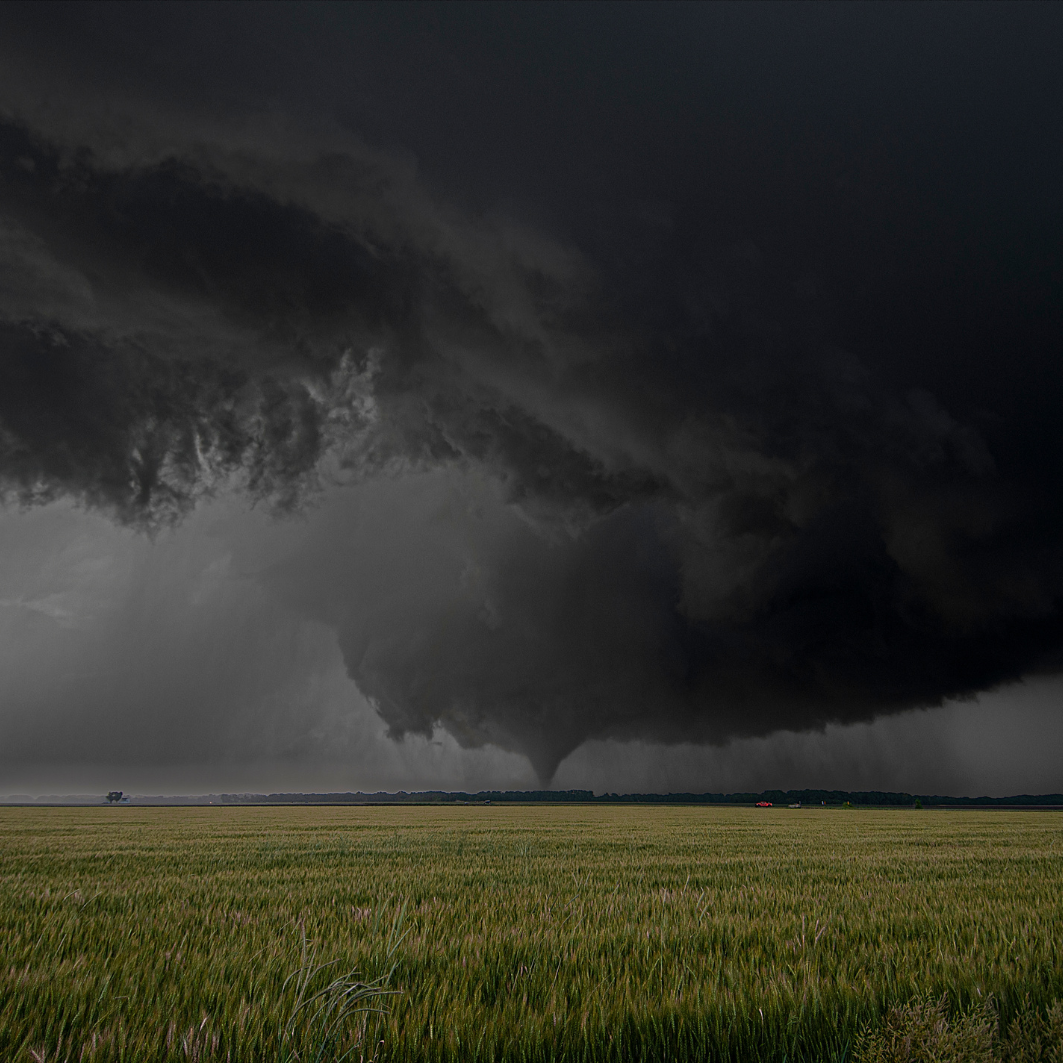By duda
•
July 31, 2024
The Power of a Home Inventory Video Imagine this: You’ve spent years building a home filled with cherished possessions, from your grandmother’s antique vase to your latest tech gadget. Suddenly, disaster strikes. A fire, a burglary, or a natural calamity – the result is the same: your precious items are gone. Amid the chaos, the last thing you want to do is try to remember every single item you owned. This is where a home inventory video becomes invaluable. The Emotional Toll of Loss Experiencing a significant loss can be emotionally devastating. It's not just about the monetary value of the items lost but the memories and sentiments attached to them. Recalling every possession under stress is nearly impossible, and the process can be heart-wrenching. By creating a home inventory video, you can ease this burden, ensuring you have a detailed record of your belongings when you need it most. Steps to Create Your Home Inventory Video 1. Preparation Start by gathering your equipment. A smartphone or a video camera will do the job. Walk through your home, ensuring all lights are on for clear visibility. For dark corners, use a flashlight or the light on your smartphone. 2. Filming Begin with a Sweep: Start with a general sweep of each room to set the scene. Detailed Description: Open all drawers, closets, and cabinets. As you film, describe each item briefly. For example, say, “a set of 12 forks and spoons” rather than filming each one individually. For particularly valuable or unique items, take more time. Pick them up and hold them close to the camera, explaining their significance and details. 3. Storing Your Video Once your video is complete, store it safely. Back it up in multiple places: an external hard drive, the cloud, or even with your insurance agent. This ensures you have access to it when needed. 4. Updating Your Inventory Regularly update your inventory, especially after making significant purchases. Set a reminder to review and update your inventory annually. The Practical Benefits A home inventory video not only helps you remember what you had but also speeds up the claims process. Insurance companies appreciate detailed records, and a video can serve as indisputable proof of your possessions. This can be the difference between a smooth, swift claim process and a prolonged, stressful one. Creating a home inventory video might take a bit of time, but the peace of mind it offers is invaluable. Don’t wait for the unexpected. Start filming today to ensure you and your family are prepared for whatever comes your way. Your future self will thank you!
